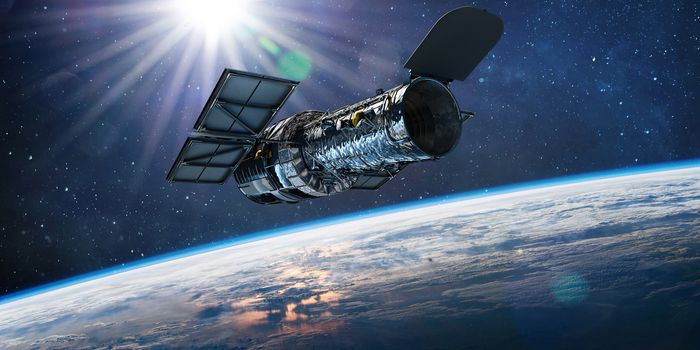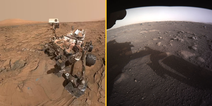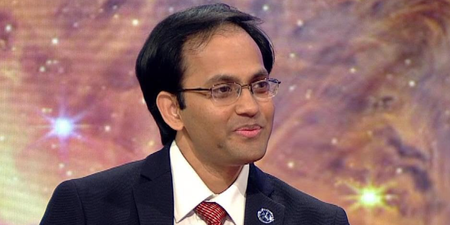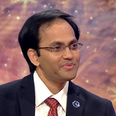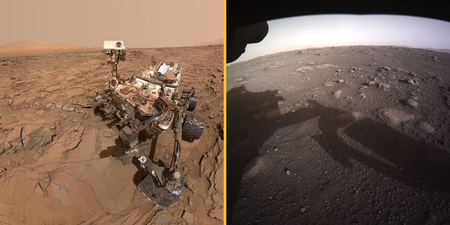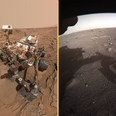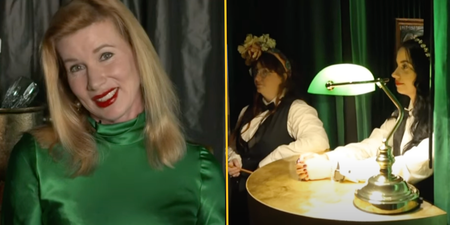Consider our minds expanded
A recently released study from NASA has revealed crucial new details regarding the expansion rate of our universe, with experts claiming ‘something weird’ is going on.
According to the space experts who have been overseeing the Hubble telescope, the past 30 years have been spent conducting an experiment to gather data relating to the speed at which the universe is expanding outwards.
If this information was accurately acquired, it could tell us the age of the universe and how much bigger it’s due to get.
Over the years, discoveries have proven that the further away a galaxy is, the faster it’s moving – and based on the information we had to hand when Hubble launched in 1990, our insights were so uncertain we could only date the age of the universe to somewhere between eight and 20 billion years.
However since the telescope’s debut, it has spent the past three decades studying and gathering new data on “cosmic objects” that act as distance markers – and teams of scientists have noticed discrepancies between what the results have shown and what was expected following independent observations made right after the big bang.
In essence, their initial results predict a different expansion rate to what has been discovered following this ’30 year marathon’ of cataloguing space markers.
As such, experts have now been able to narrow the expansion rate of the universe to a precision of just over one per cent – suggesting that the universe will double in size over the next 10 billion years.
NEWS: For decades after Edwin Hubble discovered myriad galaxies outside of our home galaxy, astronomers have toiled to nail down the expansion rate that would yield a true age for the universe. (1/6) pic.twitter.com/UsE8jF2bBP
— Hubble Space Telescope (@HubbleTelescope) May 19, 2022
As if that wasn’t enough to frazzle your mind – the exact reason behind this discrepancy remains a mystery but those involved believe it be the result of brand new physics.
“You are getting the most precise measure of the expansion rate for the universe from the gold standard of telescopes and cosmic mile markers,” explained Adam Riess, Nobel Laureate at Space Telescope Science Institute (STScI) and the Johns Hopkins University in Baltimore, Maryland via a statement on the NASA website.
“This is what the Hubble Space Telescope was built to do, using the best techniques we know to do it. This is likely Hubble’s magnum opus, because it would take another 30 years of Hubble’s life to even double this sample size,” he added, commenting on the research.
Riess heads up a scientific collective named SH0ES – or Supernova, H0, for the Equation of State of Dark Energy – which is specifically designed to investigate the expansion rate of the universe.
Due to be published in a special focus issue of The Astrophysical Journal, Reiss’s team’s report will likely be the biggest and last update on the Hubble constant – a term which refers to the velocity of remote galaxies and their distances.
Key in measuring the expansion rate of the universe, the Hubble constant is also used to estimate its age, making it an all-important factor in our understanding of space.
“The Hubble constant is a very special number. It can be used to thread a needle from the past to the present for an end-to-end test of our understanding of the universe,” explained Dr. Licia Verde, a cosmologist at ICREA and the ICC-University of Barcelona.
“This took a phenomenal amount of detailed work.”
Related links:
- ‘Blood rain’ and lightning is set to sweep across the UK this week
- NASA picture of Mars ‘doorway’ sparking bizarre conspiracy theories
- Asteroid five times the size of Big Ben heading in Earth’s direction, NASA says
